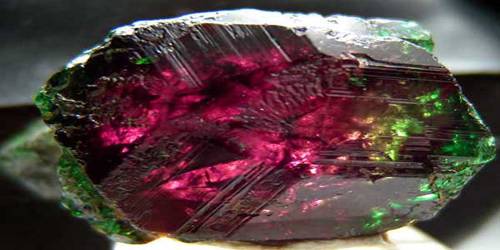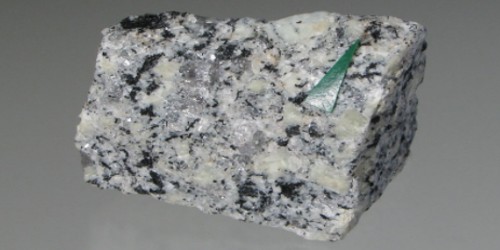Mellite is a rare and unusual organic gemstone. It forms an association with lignite (brown coal) from compressed decayed plant matter and aluminum. It is also called honeystone, which is an unusual mineral being also an organic chemical. It is composed of Oxygen, Silicon, Manganese, Sodium, Calcium, and Hydrogen. It is chemically identified as an aluminum salt of mellitic acid, and specifically as aluminum benzene hexacarboxylate hydrate, with the chemical formula Al2C6(COO)6·16H2O. It is a mineral that is the aluminum salt of mellitic acid; honeystone. It occurs in attractive honey yellow, reddish, and brownish colors.
It was discovered originally in 1789 at Artern in Thuringia, Germany. It has subsequently also been found in Russia, Austria, the Czech Republic, and Hungary. It was named from the Greek μέλι meli “honey”, in allusion to its color.
General Information
- Category: Organic minerals
- Formula (repeating unit): Al2[C6(COO)6]·16H2O
- Crystal system: Tetragonal
- Crystal class: Ditetragonal dipyramidal (4/mmm)
- Color: Honey-yellow, deep red, pale shades of red, brown, gray, white.

Properties
It is a translucent honey-colored crystal that can be polished and faceted to form striking gemstones. Mellite crystals also exhibit the pyroelectric effect. It crystallizes in the tetragonal system and occurs both in good crystals and as formless masses. They generate an electric current when heated. It is soft with a Mohs hardness of 2 to 2.5 and has a low specific gravity of 1.6. It can fluoresce a pale yellow to blue under both short-wave and long-wave ultraviolet light.
- Crystal habit: Elongated bipyramidal prismatic; as nodules and coatings, fine-grained massive
- Cleavage: poor/indistinct on {023}
- Fracture: conchoidal
- Tenacity: Slightly sectile
- Mohs scale hardness: 2-2 1⁄2
- Luster: Vitreous, resinous, greasy
- Streak: White
- Diaphaneity: Transparent to translucent
- Specific gravity: 1.64
Occurrences
An uncommon secondary mineral in brown coal and lignite deposits, aluminum typically derived from clay. Mellite occurs in France, Germany, Hungary, and Russia. It is found in deposits of brown coal, and its formation is partly the result of vegetable decomposition, a highly unusual situation amongst gemstones. It is an organic material, it forms transparent honey yellow or reddish prismatic or dipyramidal crystals or fine-grained masses.
It is found associated with lignite and is assumed to be formed from plant material with aluminum derived from clay.
Information Source:
















